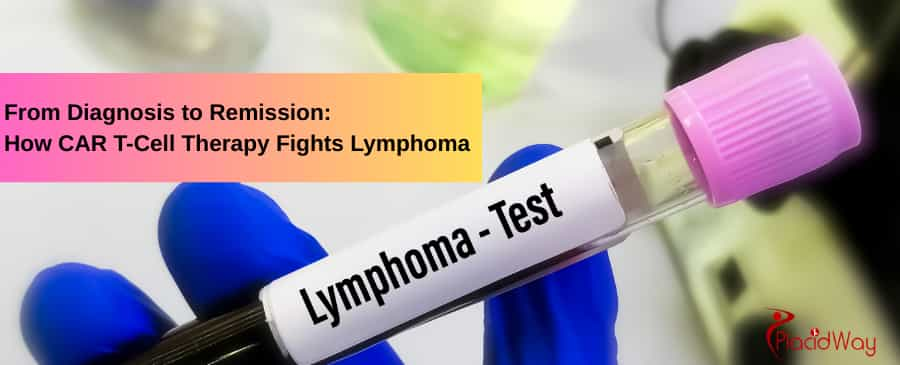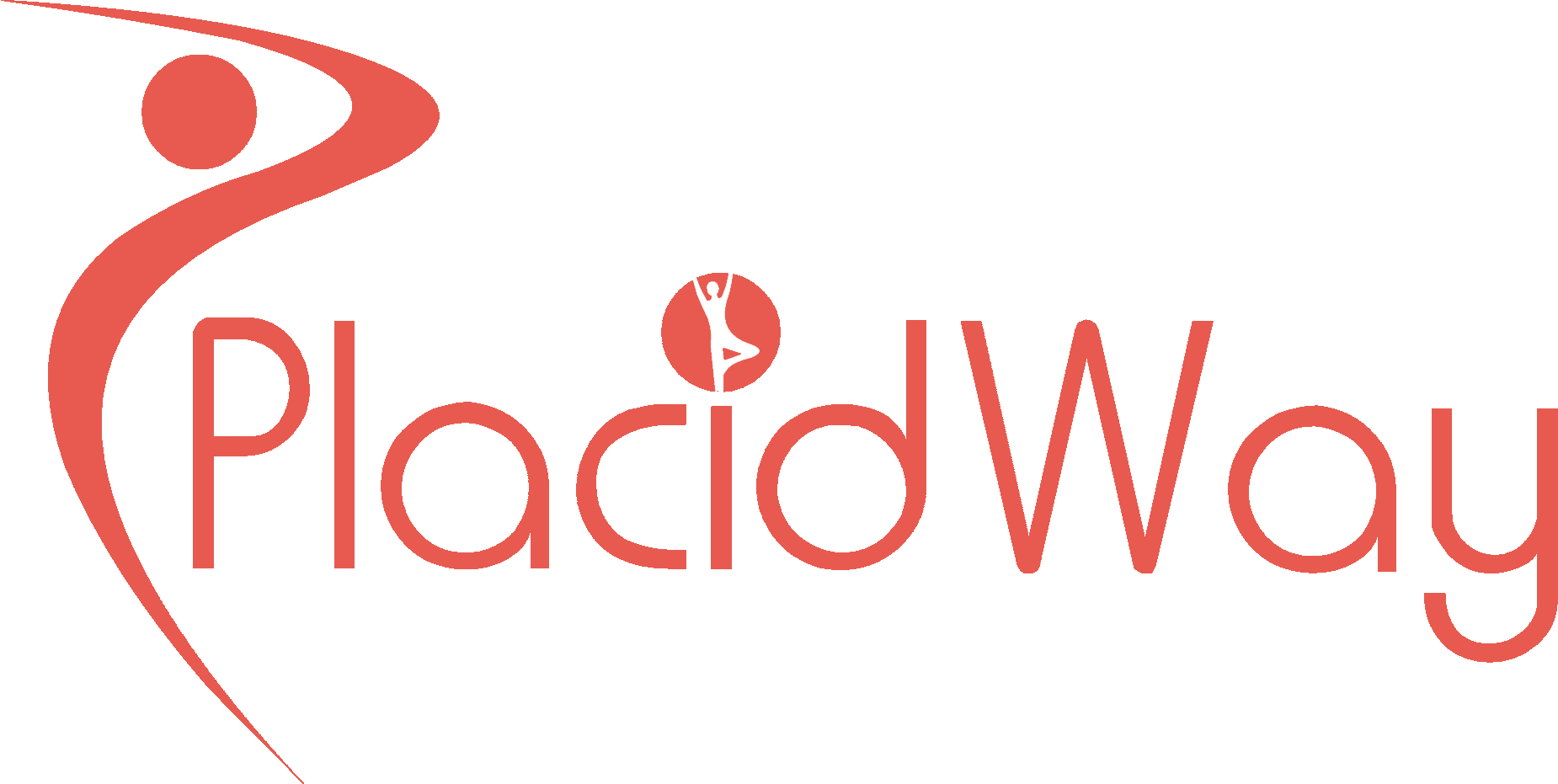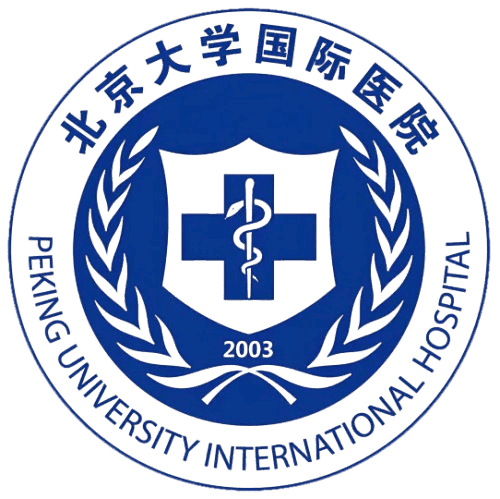
Lymphoma is a type of blood cancer that originates in the lymphatic system, which plays a crucial role in the body's immune response. Over the years, treatment options for lymphoma have evolved significantly, with Chimeric Antigen Receptor (CAR) T-cell therapy emerging as a revolutionary approach. China has positioned itself as a leader in CAR T-cell therapy, offering highly advanced treatments at more accessible prices than in Western countries. But how exactly does this therapy work? How does it compare to traditional treatments, and what should patients consider before undergoing it? This article explores everything you need to know about CAR T-cell therapy for lymphoma in China.
Key Takeaways:
- CAR T-cell therapy is a groundbreaking treatment for lymphoma, offering high remission rates.
- China has emerged as a global leader in CAR T-cell therapy, providing cutting-edge treatment at a fraction of the cost compared to Western countries.
- The process involves modifying a patient’s T-cells to target and destroy cancer cells effectively.
- Patients from around the world seek CAR T-cell therapy in China due to advanced research, affordability, and access to clinical trials.
- Understanding the diagnosis, treatment process, eligibility, and cost can help patients make informed decisions about this revolutionary therapy.
How Does CAR T-Cell Therapy Work for Different Types of Lymphoma?
CAR T-cell therapy is an immunotherapy treatment that modifies a patient's T-cells (a type of white blood cell) to recognize and attack cancer cells. The therapy is particularly effective against certain types of B-cell non-Hodgkin lymphomas (NHL), including:
Diffuse Large B-Cell Lymphoma (DLBCL)
- DLBCL is the most common aggressive lymphoma.
- CAR T-cell therapy targets the CD19 antigen found on B-cells, eliminating cancerous cells while preserving healthy cells.
- Studies show that patients who have relapsed or were resistant to chemotherapy have higher remission rates with CAR T-cell therapy.
Mantle Cell Lymphoma (MCL)
- MCL is a rare and aggressive form of lymphoma.
- Standard treatments often fail in advanced cases, making CAR T-cell therapy a promising alternative.
- CAR T-cell therapy trains immune cells to attack the abnormal B-cells responsible for MCL growth.
Follicular Lymphoma (FL)
- FL is a slow-growing lymphoma but can become aggressive over time.
- Traditional chemotherapy is often ineffective in later stages.
- CAR T-cell therapy offers long-lasting remission, even for patients with recurrent FL.
Step-by-Step Procedure of CAR T-Cell Therapy
CAR T-cell therapy is a multi-step process that involves cell collection, modification, and reinfusion. Here’s how the procedure works:
Initial Consultation and Eligibility Check
- The patient undergoes a comprehensive medical evaluation to determine if CAR T-cell therapy is suitable.
- Blood tests and imaging scans are conducted to assess lymphoma severity.
- Only patients with relapsed or refractory lymphoma are typically eligible.
T-Cell Collection (Leukapheresis)
- The patient’s blood is drawn and passed through a machine that separates T-cells from the rest of the blood components.
- The remaining blood is returned to the patient’s body.
- This process takes 3-4 hours and is usually done as an outpatient procedure.
Genetic Modification in the Laboratory
- The collected T-cells are sent to a laboratory, where they are genetically modified to express Chimeric Antigen Receptors (CARs).
- These CARs help T-cells recognize and attack cancerous B-cells.
- The modified T-cells are then expanded in large numbers to increase effectiveness.
- This step takes 2-3 weeks.
Lymphodepleting Chemotherapy (Pre-Treatment Conditioning)
- Before reinfusion, the patient undergoes a short course of low-dose chemotherapy.
- This helps to suppress the immune system so that the modified T-cells can proliferate effectively.
- The chemotherapy phase lasts 3-5 days.
CAR T-Cell Infusion
- The modified CAR T-cells are reinfused into the patient via intravenous (IV) infusion.
- This is done in a controlled hospital setting to monitor for potential side effects.
- The infusion process itself takes about 30-60 minutes.
Post-Treatment Monitoring and Recovery
- Patients remain under intensive medical observation for 7-14 days.
- Doctors monitor for side effects such as Cytokine Release Syndrome (CRS), fever, and neurological symptoms.
- Follow-up visits are scheduled for the next several months to evaluate the effectiveness of the treatment.
Comparing Traditional Treatments vs. CAR T-Cell Therapy
| Treatment | Mechanism | Effectiveness | Side Effects | Time Required |
|---|---|---|---|---|
| Chemotherapy | Uses drugs to kill cancer cells | Effective for early-stage lymphoma | High toxicity, hair loss, fatigue | Multiple cycles over months |
| Radiation Therapy | Uses targeted radiation to destroy cancer cells | Effective for localized lymphoma | Can damage healthy tissues | Requires multiple sessions |
| Bone Marrow Transplant | Replaces diseased bone marrow with healthy cells | High success rate for some patients | Risk of rejection, infections | Several weeks to months |
| CAR T-Cell Therapy | Genetically modifies T-cells to fight cancer | High remission rates in relapsed/refractory cases | Cytokine release syndrome, fever, neurological effects | Single treatment with long-term effects |
CAR T-cell therapy offers higher effectiveness, especially for relapsed or treatment-resistant lymphomas, while minimizing long-term damage to healthy cells.
Cost Comparison: CAR T-Cell Therapy in China vs. Other Countries
CAR T-cell therapy is known for its high cost, but China provides a more affordable option compared to Western countries.
| Country | Average Cost of CAR T-Cell Therapy |
| United States | $350,000 - $500,000 |
| United Kingdom | $300,000 - $400,000 |
| Germany | $250,000 - $350,000 |
| China | $40,000 - $80,000 |
| India | $50,000 - $100,000 |
China’s cost advantage is due to lower medical expenses, government support, and local manufacturing of CAR T-cell products.
What Patients Should Consider Before Opting for CAR T-Cell Therapy?
Before undergoing CAR T-cell therapy, patients should consider the following factors:
Eligibility Criteria
- Patients with relapsed or refractory lymphoma (not responding to chemotherapy) are ideal candidates.
- Those with severe organ damage or autoimmune disorders may not be eligible.
Potential Side Effects
- Cytokine Release Syndrome (CRS) – A temporary immune response causing fever, low blood pressure, and flu-like symptoms.
- Neurological Side Effects – Some patients may experience confusion, memory loss, or speech difficulties.
- However, these side effects are usually temporary and manageable under medical supervision.
Travel and Logistics
- Patients traveling to China for treatment should arrange for a caregiver as monitoring is required after infusion.
- Visa and accommodation planning should be done in advance to ensure a smooth experience.
Cost and Insurance Coverage
- While CAR T-cell therapy is more affordable in China, it is still an expensive treatment.
- Some international insurance providers may cover part of the cost, so it is essential to check beforehand.
Why Chooses China for CAR T-Cell Therapy?
China has emerged as a leading destination for CAR T-cell therapy due to several advantages:
Affordability
- The cost of CAR T-cell therapy in China is significantly lower than in the U.S. and Europe.
- Patients can receive treatment for $40,000 - $80,000, compared to $350,000 - $500,000 in the U.S.
Advanced Medical Research and Innovation
- China is home to top-tier research institutions and high-tech medical facilities.
- Several Chinese hospitals are conducting clinical trials that improve CAR T-cell therapy’s effectiveness.
Faster Treatment Access
- In countries like the U.S., CAR T-cell therapy may require lengthy approval processes and wait times.
- In China, patients can receive treatment much faster, making it ideal for those in urgent need.
Internationally Accredited Hospitals
- Many Chinese hospitals offering CAR T-cell therapy are JCI-accredited, ensuring high global medical standards.
- English-speaking doctors and international patient services make treatment abroad easier.
Success Rates and Global Recognition
- China has reported high success rates, with many patients achieving long-term remission.
- Patients from the U.S., Europe, the Middle East, and Asia travel to China for treatment.
Who is Eligible for CAR T-Cell Therapy?
While CAR T-cell therapy offers remarkable results, not every lymphoma patient qualifies.
Eligibility Criteria:
- Patients with relapsed or refractory lymphoma who haven’t responded to chemotherapy or stem cell transplants.
- Those in good overall health to withstand treatment side effects.
- Patients with specific subtypes of Non-Hodgkin’s Lymphoma (NHL) such as Diffuse Large B-Cell Lymphoma (DLBCL) and Mantle Cell Lymphoma (MCL).
- No active infections or severe organ dysfunction.
Patient Remarks: Success Stories
Mark, USA:
“After multiple failed chemotherapy rounds, I traveled to China for CAR T-cell therapy. It was the best decision—within months, my lymphoma was in complete remission.”
Chen, China:
“I was skeptical at first, but after receiving CAR T-cell therapy, my health improved drastically. The doctors were highly professional.”
Maria, UK:
“I couldn’t afford treatment in my home country. China’s cost-effective CAR T-cell therapy saved my life!”
Frequently Asked Questions (FAQs)
How long does CAR T-cell therapy take?
The process takes about 3-4 weeks, including cell collection, modification, and infusion.
Is CAR T-cell therapy a cure for lymphoma?
While not a guaranteed cure, it provides long-term remission for many patients.
Who is eligible for CAR T-cell therapy?
Patients with relapsed or refractory lymphoma may qualify; eligibility is determined by a specialist.
What are the main side effects?
Cytokine Release Syndrome (CRS), fever, neurological issues, and fatigue.
How does it compare to bone marrow transplants?
CAR T-cell therapy is less invasive and more targeted with fewer long-term complications.
How long is the hospital stay?
Patients usually stay in the hospital for 7-14 days after infusion for monitoring.
Can international patients receive treatment in China?
Yes, many top hospitals in China accept international patients.
Is CAR T-cell therapy covered by insurance?
Some international insurance plans may cover it, but verification is needed.
Are there any age restrictions?
Most patients are over 18, but pediatric cases may be evaluated separately.
What happens if the treatment fails?
Alternative therapies, including clinical trials, may be an option.
Why Choose PlacidWay for CAR-T Therapy in China?
- Trusted Global Medical Tourism Platform – PlacidWay connects international patients with top-quality healthcare providers in China.
- Personalized Guidance – Dedicated patient coordinators help you navigate the entire treatment process.
- Cost Transparency – Get clear information on treatment pricing without hidden fees.
- Accredited Medical Facilities – Partnering with well-established institutions that specialize in CAR-T therapy.
- Multi-Language Assistance – Overcoming language barriers with professional translation and interpretation services.
- Efficient Treatment Coordination – Faster appointment scheduling and streamlined communication with specialists.
- Post-Treatment Follow-Up – Continued support and medical consultation after returning home.
Take the Next Step: Explore CAR T-Cell Therapy in China
CAR T-cell therapy is a groundbreaking advancement in lymphoma treatment, offering hope for patients with resistant forms of the disease. China’s affordable and cutting-edge facilities make it a preferred destination for those seeking this revolutionary therapy.If you or a loved one are considering CAR T-cell therapy for lymphoma, contact PlacidWay today to explore options with top hospitals in China. Our team will help you connect with specialists, understand costs, and arrange a smooth treatment journey. Take the first step towards remission—reach out to us now!


.png)


Share this listing